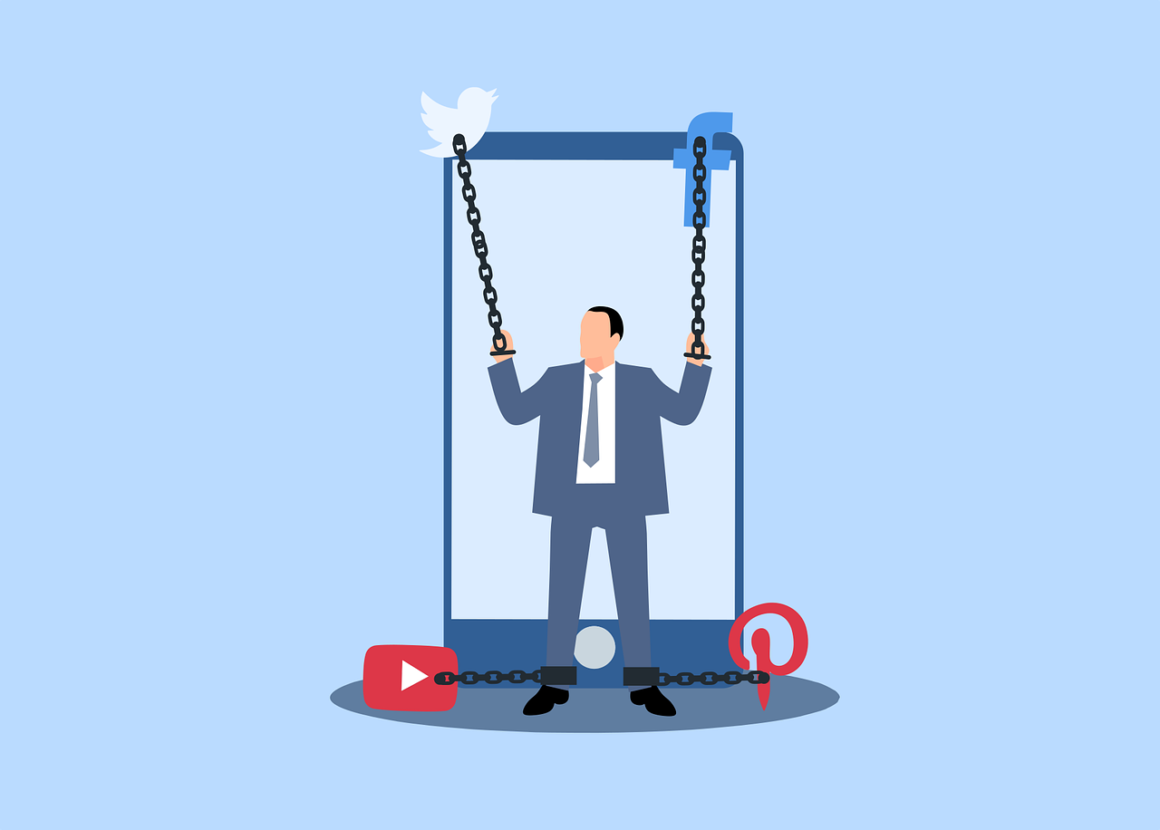The fact that thousands of Americans must rely on the generosity of their peers to scrape by shouldn’t be treated like a heartwarming phenomenon. We shouldn’t be glorifying stories of crowdfunding and normalizing the United States’ failure to provide for its citizens. Because this GoFundMe era is not a tale of goodwill; it is a horrifying chapter in a dystopian novel.
In the U.S. today, it is estimated that over 27 million Americans are without healthcare. The majority of this documented, uninsured population is comprised by adults age 18-64. Out of those with insurance, many still cannot afford their medical bills, and are burdened with ridiculously high expenses and deductibles they couldn’t hope to afford.
Due to this, Americans over the years have begun to put their faith in the generosity of others rather than public or private insurance companies to cover their costs.
More frequently on social media sites, there are people posting links to GoFundMe pages, Kickstarters and PayPal accounts, begging followers to help them pay for things like diabetes medicine, surgery, and even cancer treatments. It is heartbreaking, and at times overwhelming, to see hordes of people facing illness and death who have to turn to family, friends and strangers on the internet to save their life.

On GoFundMe, the world’s largest crowdfunding website, approximately one out of three campaigns are started to raise money for medical bills. Ninety percent of these efforts don’t reach their fundraising goals. While GoFundMe boasts its status as “the world’s #1 site for free medical fundraising & crowdfunding,” the company has released statements to news outlets expressing its discomfort with being a commonplace substitute for a “social safety net.”
And they’re right to be wary. Despite the success of some campaigns, it’s insanity to claim that crowdfunding can or should replace an adequate healthcare system.
Furthermore, a dependence upon crowdfunding too easily relieves the U.S. government of its responsibility to fix this national healthcare crisis.
In an international study conducted in 2014, the U.S. ranked last among 10 other high-income countries when discerning the overall performance and quality of various national healthcare systems. Despite spending more on healthcare than any country (an unimaginable $3.4 trillion as of last year), the U.S. lost in nearly every category, from efficiency, equity and access, to mortality rates amenable to healthcare.
This substantial loss becomes painfully evident when looking at how those with a terminal illness like cancer fare in the U.S. with their chosen health insurance.
Most insured patients with cancer end up paying for 20-30 percent of the total treatment costs themselves, resulting in a yearly average payment of $24,000 to $36,000 in addition to health care premiums.
Cancer-related treatment drugs can range as high in price as $100,000 per year, and the total revenue for the cancer treatment industry is expected to exceed $1.73 billion annually by 2020.
Worse yet, people are even electing not to treat their cancer, because studies show that somewhere 33 and 80 percent of cancer patients lose their entire life’s savings paying for cancer treatment. Thirty-four percent have to turn to friends, family and community members to help pay for their bills.
Universal, free healthcare systems like the National Health Service (NHS) in the U.K. have proven, despite their flaws, to be effective ways to ensure quality care. Even though the U.S. is undoubtedly a leader in medical innovation, the high costs and inefficiencies don’t always prove to be worth it. Systems where taxes and government money cover most medical expenses seem to be more globally favored.
However, opposition to a single federal program for healthcare in the U.S. has been backed by lobbyists and politicians like Ronald Reagan as early as the 1960s. At the time Reagan opposed the proposal of Medicare, which is now a government medical insurance plan that serves the elderly and those with disabilities, as he said the practice of “socialized medicine” would lead to the government invading “every area of freedom.”
Those against Senator Bernie Sander’s plan Medicare For All, which would expand the current system of Medicare until it encompassed all 323 million Americans, argue that the costs are too high. With projections estimating that a national single-payer healthcare system would increase federal spending by 32 trillion over the next ten years, it’s easy to see why many would object.
Yet even without Medicare For All, the annual U.S. expenditure on the medical industry is expected to increase drastically, reaching a yearly rate of $5.7 trillion by 2026. So overall with a single-payer system, federal spending would increase, put personal and insurance company spending would decrease to even the scales.
Although many people are hesitant to change a system which works for citizens who benefit from it, 71 percent say that the U.S. healthcare system is in a “state of crisis”. And likewise 70 percent of Americans reveal that they would support a policy of Medicare For All.
The U.S. needs to take decisive action in creating a public system that works for everyone. Rather than focusing on simply repealing and replacing Obamacare, which could lead to disastrous amounts of uninsured, and further privatizing healthcare, which will result in higher costs, the main goal should be to decrease the exclusivity of healthcare access.
Because ultimately, crowdfunding medical bills and living donation to donation is not sustainable. No one should have to survive off of the charity of others. As it says in the Declaration of Independence, life is an unalienable right, and anyone who is pro-life should care about the welfare and medical treatment of human life even after it exits the womb. Healthcare saves lives, and therefore it is a human right.
Photo: First Quote Health




